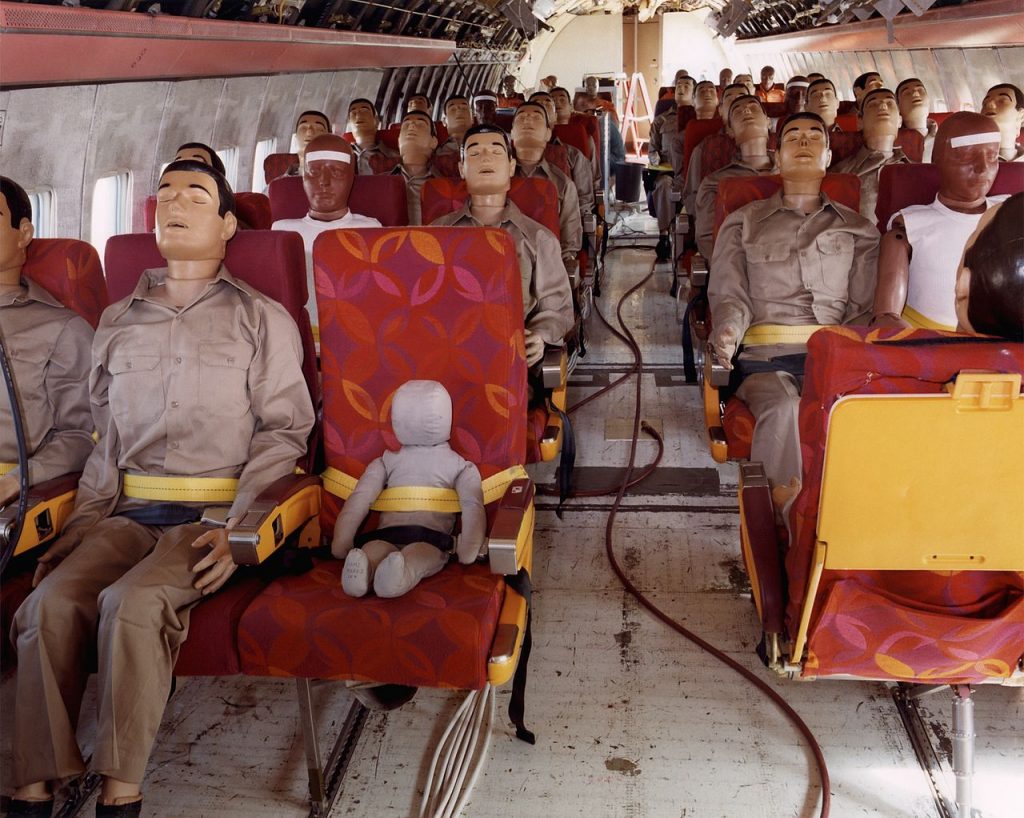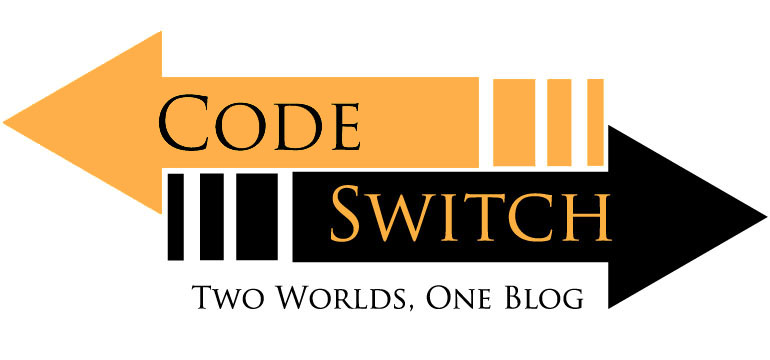Hi, my name is James and welcome to Code/Switch. Today I want to talk about collisions, more specifically collisions in space. While trawling the Know Direction Discord Server I got into a conversation about the realism of space combat in Starfinder. Collisions were mentioned, as were explosions and sound in space, but today I want to start with collisions. Explosions and sound in space will be discussed in a later installment of Code/Switch.
Doesn’t Starfinder Already Have Starship Ramming Rules?
Actually, no Starfinder doesn’t have ramming rules and for good reasons. Ramming ships and vehicles together like a kindergartner with their toys is a favorite past-time of RPG players and storywriters. This is compounded by the fact historical ships which would ram each other, legitimizing the practice far beyond its usability. Seriously, those old sailing ships were slow. Wikipedia tells me the fastest sailing ship speed recorded was 22 knots (or 25 miles per hour in real notation).
While that seems fast, we can easily achieve that speed in a car, or even on a bike, and the Starships in Starfinder are surely going faster than that. Now, if you’ve been in an accident in a car going at least 25 miles per hour or were in a bike wreck, would that be something you’d want to repeat? On a ships deck you aren’t likely to be strapped down like you are in a car, and scarily enough there’s only so much strapping you down can help.

“Oxygen makes you high. In a catastrophic emergency, you’re taking giant panicked breaths. Suddenly you become euphoric, docile. You accept your fate.” Brad Pitt
(We’ll jump to that ominous point later)
How Fast Are the Ships in Starfinder?
A great question, I don’t know. The hexes on the combat map don’t have a defined length, its an abstract unit. Thank you Paizo for doing that and saving me math, seriously, if you want that in your sci-fi game check Mekton Zeta which even has rules for the conservation of energy in its space combat. Alas, we need an estimate if I’m going to warn you away from ramming. For a low end estimation we’re going to look at the ship building section to starship scale. All these ship sizes fit comfortably in a hex with enough room for other ships to pass by them, and we see the longest ship is the Colossal vessel at 15,000ft long, and weighing at least 8,000 tons. We can scroll down to see the available colossal size thrusters allow a vessel to move 4, 6, or 8 hexes, an average of 6.
We do run into another problem which is contrary to the personal combat in Starfinder, a round of ship combat is an indiscriminate amount of time. I searched high and low thinking of ways to get a base length of time we can work for, and the closest I can get is the “Moving Speech” captain action. I selected the most moving speech ever presented which has a runtime of 46 seconds. Using this as our guideline, with an average speed of 6 hexes our colossal vessel would move at a blistering 1,333 mph (2,145 kph)! Combined with it being at least 8,000 tons, the minimum weight of such a sized vessel, this ship would make an excellent ram. That is if you’re ok with the vessel not being functional afterwards or the crew alive.
So What Would Happen if I Ignored Your Advice?
A brutal death. I’m going to outside some ramming scenarios; head on vs t-bone, and similar size or smaller size. In 3 out of the 4 of these scenarios the deceleration would probably snap your neck, or you’d splat into a wall. Most horrifically, no matter how well you buckle or brace yourself, you can’t stop your brain from sloshing in its own fluid and that deceleration would scramble your brain in your head like a shaken egg. With that out of the way, lets see how your ship fares!
- Head on, Similar Size: Starting with this example we’re also going to assume that both ships are moving at pretty equal speed. We need to find the force of the impact by multiplying our mass x our acceleration which gives us 4,324,762,444 Newtons of force. Using that we can find out that the ships will collide for 2 seconds before their forward inertia is gone. Its likely the ships get stuck together due to their wreckage and the ships WILL crumple, I’m unable to do that math, but I’d guess a large portion of your ship is just wreckage. Also, your crew inside just decelerated from 1,333 MPH to 0 in ~2 seconds, making them briefly experience -30g, making a 160 pound human act as if weighing 4,800 pounds. Even with safety buckles in place these g-forces will likely break bones and has further possibilities like brain contusions and organ displacement.
- Head on, Smaller Size: The nicest possibility on this list. The damage to your own vessel really depends on how strong your ships hull is. A wood hulled colossus would have a bad time, but a sufficiently crafted ship would be ok, up to a point. The smaller ship would actually be similar to a bullet in this situation, it’s not going to survive this impact and its unlikely to stop your ramming ship, but it is likely to damage your ramming ship. Any ship below the “Large” category in the Starfinder Rulebook would be instantly blown away and turn into shrapnel on contact, but just like a heavy rifle can pierce a train, so to can this smaller ship pierce your ramming ship.Just for fun we’re going to turn the X-Wing from Star Wars into a bullet. The T-65 X-Wing Starfighter weighs roughly 5 tons according to an estimate from Randall Munroe and to match our testing here will be traveling 1,333mph, same as your ramming ship. When the X-Wing hits, it blasts your ramming ship with 2979521.6 newtons of force or the equivalent force of 734 pounds (333kg) of TNT! Using a naval armor penetration formula I found and combining that with the 44ft wingspan of an X-wing, we’re going to find that the X-Wing would penetrate your ramming ships steel hull to a depth of .98ft (.3m). This is sloppy, back of the napkin math, but your X-Wing bullet manages to possibly breech a room or two.
- T-Bone, Similar Size: Using our numbers from the head on collision we can run through this pretty quick. Your ramming ship is setting to hit up the middle of the side of the enemy vessel as it passes, both vessels are at their 1,333mph speeds. These ships are long, 15,000ft, but they’re also going pretty quickly. Your ramming vessel will make impact with the latter 7,500ft of the enemy vessel and push it, in turn the enemy vessels forward movement will transfer your prow, putting you into an uncontrolled spin rotating the direction the vessel was heading. The victim vessel would also spin, but at a much slower speed. You’ve managed to gash the side of the victim vessel, but you’ve flattened your nose and are on the scariest Tilt-A-Whirl ride ever. You lose some velocity, but retain most of your inertia so once the spinning starts, its fast. Unfastened people and items are thrown away from the axis of the spin. This was a mistake.
- T-Bone, Smaller Size: The outcome from this is essentially the same as a head on collision, any vessel smaller than “Large” being rammed would do some damage to the ramming vessel. In this case the damage done to the ramming is less as the smaller vessel isn’t oriented directly into the ramming vessel, like a moth on your windshield the X-Wing is toast.
What Did We Learn?
Ramming is bad. Real bad. There’s a reason cars that we make only to crash only get entered in things called “Demolition Derbys” or “Crash Tests” and not “Trade Route Protection”. The fact that these collisons happen in outer space with weaker gravitation forces doesn’t change much about collisions. The big difference is would be wind resistance helping slow down crashes, and gravity pulling things to the ground impacting greater friction forces than air itself.
Next installment on Code/Switch we’ll talk about explosions and sound in space, I hear it’ll be a blast! If you have any questions, comments, or ideas you can find me and the other KD crew at our Discord server, or you could drop a line in the comments below.





